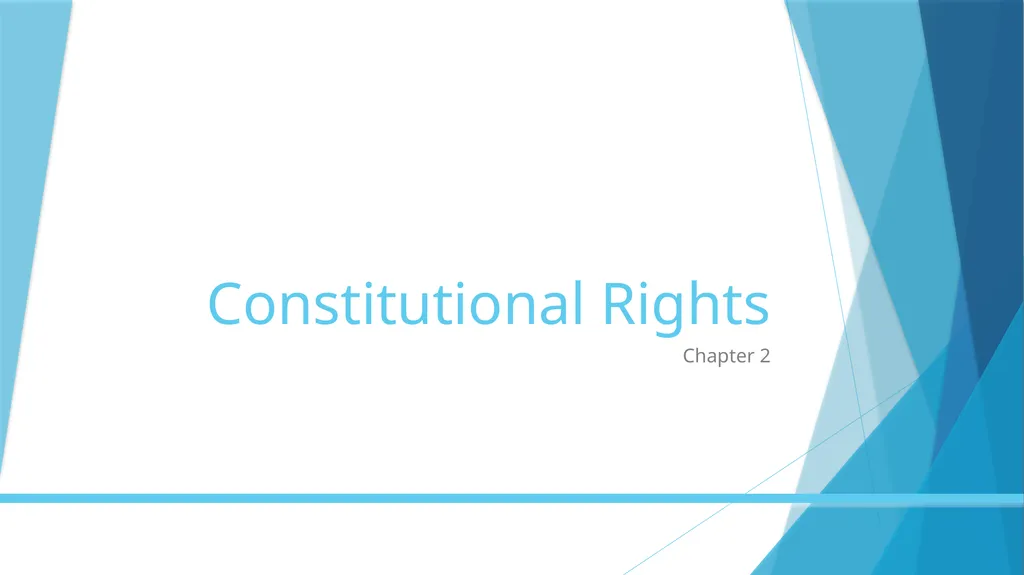Constitutional Rights Chapter 2 Section 2-1
Author : tawny-fly | Published Date : 2025-08-16
Description: Constitutional Rights Chapter 2 Section 21 Foundations of the US Constitution Whats your verdict When the Constitutional Convention sent the proposed Constitution to the states for ratification it met with strong opposition Patrick
Presentation Embed Code
Download Presentation
Download
Presentation The PPT/PDF document
"Constitutional Rights Chapter 2 Section 2-1" is the property of its rightful owner.
Permission is granted to download and print the materials on this website for personal, non-commercial use only,
and to display it on your personal computer provided you do not modify the materials and that you retain all
copyright notices contained in the materials. By downloading content from our website, you accept the terms of
this agreement.
Transcript:Constitutional Rights Chapter 2 Section 2-1:
Constitutional Rights Chapter 2 Section 2-1 Foundations of the U.S. Constitution What’s your verdict? When the Constitutional Convention sent the proposed Constitution to the states for ratification, it met with strong opposition. Patrick Henry, James Monroe, and John Hancock, for example, all opposed it. When the Constitution was put into effect in 1789, two colonies had yet to ratify it. The ratification did not become unanimous until 1790. What caused the opposition to the Constitution? What action resolved the dispute? Declaration of Independence On July 4, 1776, in Philadelphia, delegates from the 13 original American colonies adopted the Declaration of Independence which asserts the rights desired by the colonists. Thomas Jefferson drafted it in less than a month and it was went through a total of 47 alterations by the committee and Congress. It was believed that to secure their rights, they would need to have their own government which would draw its power from the people. At this same time, the American War of Independence had begun and lasted more than 8 years with the colonies claiming victory over the British. Articles of Confederation One-house legislature (the “United States in Congress”) w/ 2 to 7 representatives from each state getting 1 vote. No member of Congress could serve more than 3 yrs. in a 6 yr. pd. Legislature had power to declare war, make peace, enter into treaties & alliances, manage relations w/ Indian nations, coin money, settle differences btwn. states, establish a postal system, & appoint a Commander in Chief. Common treasury that was funded by the states paid for the common defense or general welfare. No privileges & immunities for paupers, vagabonds, fugitives from justice, and slaves. Major legislation required a 2/3’s vote for passage. Amendments to the Articles would require a unanimous vote of the states. In 1781, each of the 13 former colonies with its own independent form of government, united under a charter called the Articles of Confederation. U.S. Constitution Many people felt that the Articles didn’t provide a strong enough govt. and a special convention of delegates from the 13 states was called in Philadelphia in 1787. An entirely new governmental framework was created in the form of the U.S. Constitution. The 7 articles of the U.S. Constitution detailed a workable structure for a fed. govt. By June 21, 1788, the Constitution had been ratified by 9 of the 13 colonies. March 4,














